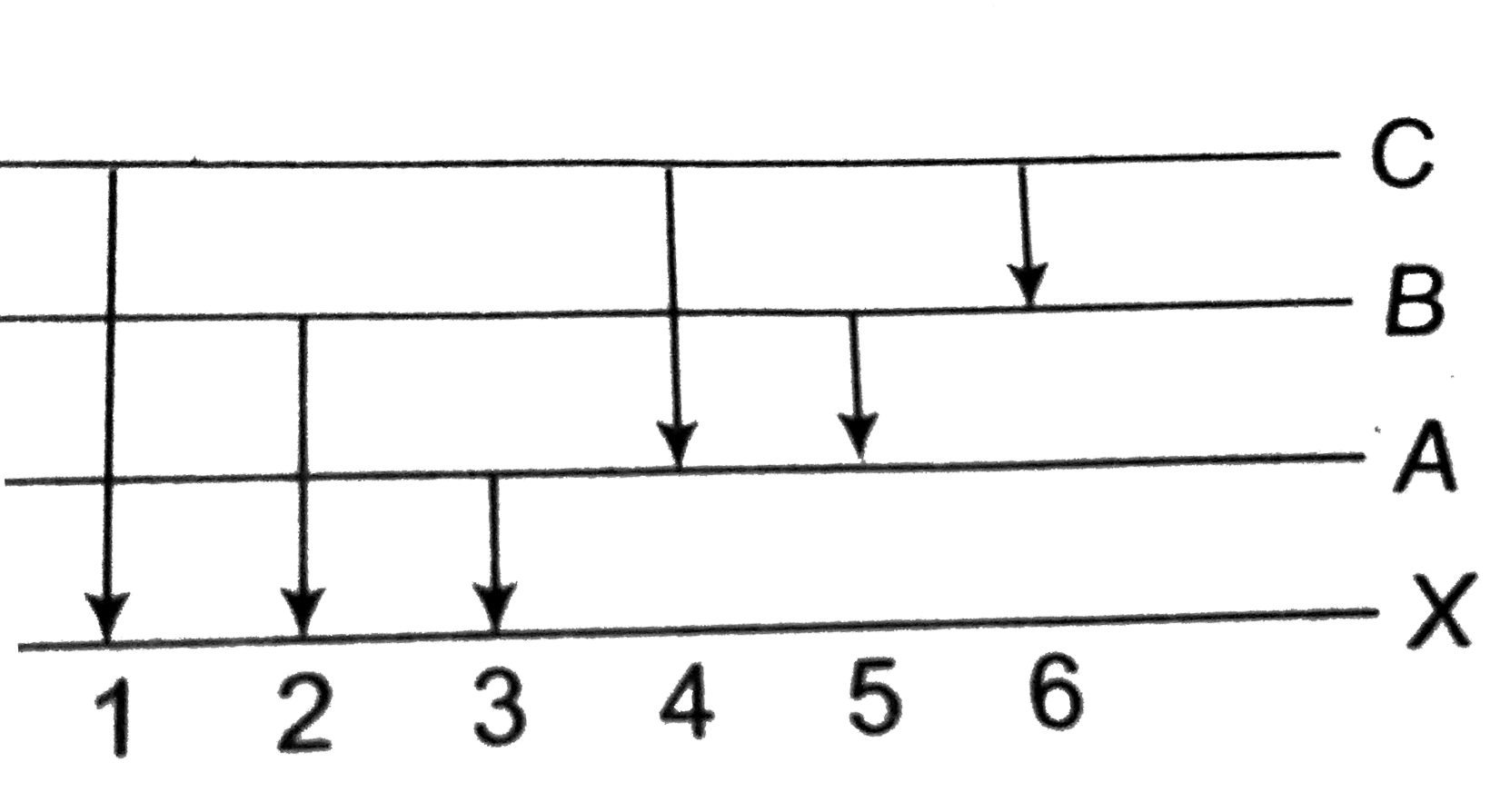Angiosperms range in size from tiny, almost microspic e.g. (A)_____ to tall tree of e.g. (B)_____
The correct Answer is:A-Wolfia
B-Eucalyptus
To answer the question regarding the size range of angiosperms, we will identify examples of the smallest and largest angiosperms.
1. Understanding Angiosperms: Angiosperms are flowering plants and are the most diverse group of land plants. They include a vast number of species, orders, and families.
2. Identifying the Smallest Angiosperm: The smallest angiosperm known is Wolffia. Wolffia is a genus of aquatic plants that are almost microscopic in size, measuring less than 2 millimeters.
3. Identifying the Largest Angiosperm: The largest angiosperm is Eucalyptus. Eucalyptus trees can grow to be very tall, making them one of the largest flowering plants.
4. Filling in the Blanks: Based on the information gathered:
- (A) Wolffia (the smallest angiosperm)
- (B) Eucalyptus (the largest angiosperm)
Final Answer:
Angiosperms range in size from tiny, almost microscopic e.g. (A) Wolffia to tall trees of e.g. (B) Eucalyptus.
---
- (A) Wolffia (the smallest angiosperm)
- (B) Eucalyptus (the largest angiosperm)
Angiosperms range in size from tiny, almost microscopic e.g. (A) Wolffia to tall trees of e.g. (B) Eucalyptus.
Topper's Solved these Questions
Similar Questions
Read the following statements
(a) Angiosperms range in size from microscopic Wolffia to tall trees of Eucalyptus
(b) In angiosperms, the seeds are enclosed by fruits
(c ) Double fertilization is an event unique to angiosperms
(d) In angiosperms, each cell of embryo sac is diploid
(e) In angiosperms, the zygote develops into an endosperm
Of the above statements, the correct ones are
View SolutionSelect incorrect statement regarding stem tubers e.g. potato
View Solution
Knowledge Check
Organisms reproducing throughout the year are called _______ breeders e.g., ______ , and those who show recurring sexual activity are called _______ breeders e.g., _______ .
Acontinuous, sparrow, seasonal, henBseasonal, lizard, continuous, henCcontinuous, man, seasonal, tigerDseasonal, hen, continuous, tiger
Diplopods (e.g., Millipede) differ from a chilopods (e.g., Centipede) in
View SolutionPredict the modes of occurrence of the following three types of metals:
(i) Highly reactive (e.g., Na)
(ii) Moderately reactive (e.g., Fe)
(iii) Noble metal (e.g., Au)
View SolutionTo obeserve the effect of concentration on the conductivity, electrolytes of different natures are taken in two vessels A and B, A contains weak electrolyte, e.g.,NH4OH and B contains strong electrolyte, e.g.,NaCl. In both containers, the concentration of respective electrolyte is increased and the conductivity observed:
View SolutionTo obeserve the effect of concentration on the conductivity, electrolytes of different natures are taken in two vessels A and B, A contains weak electrolyte, e.g.,NH4OH and B contains strong electrolyte, e.g.,NaCl. In both containers, the concentration of respective electrolyte is increased and the conductivity observed:
View SolutionThe figure indicates the enegry level diagram of an atom and the origin of six spectral lines in emission (e.g. line no.5 series from the transition from level B to A). The following spectral lines will also occur in the absorption spectrum

View SolutionPredict the modes of occurrence of the following three types of metals :
(a) Highly reactive (e.g Na)
(b) Moderately reactive (e.g Fe)
( c) Noble metal (e.g Au).
View SolutionWho divided animals into Anaima (animals with no red blood e.g., invertebrates) and Enaima (animals with red blood e.g., vertebrates) ?
View Solution
